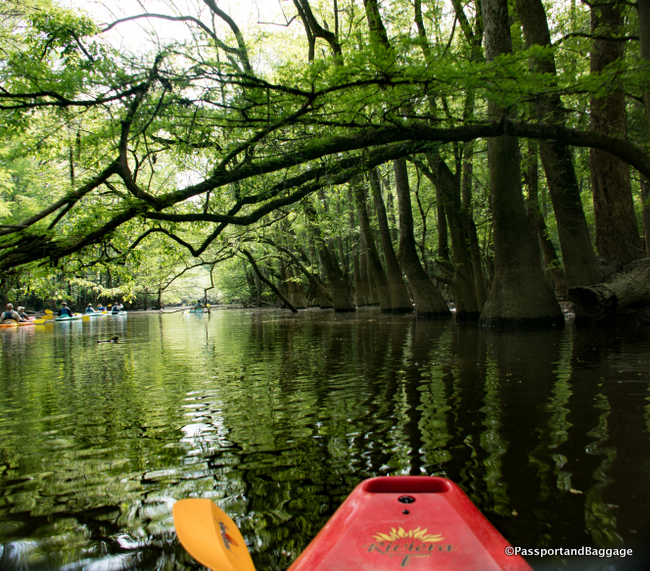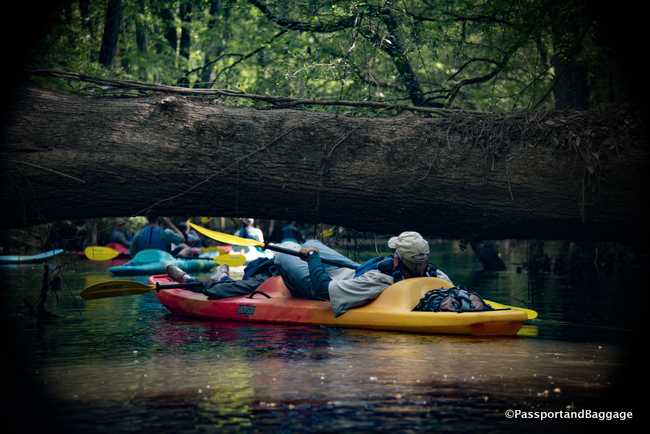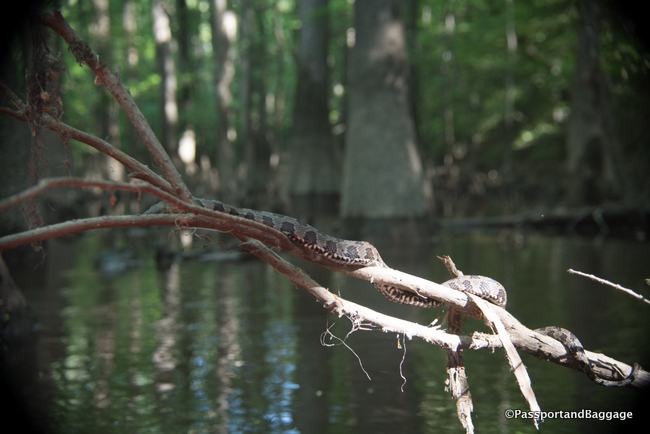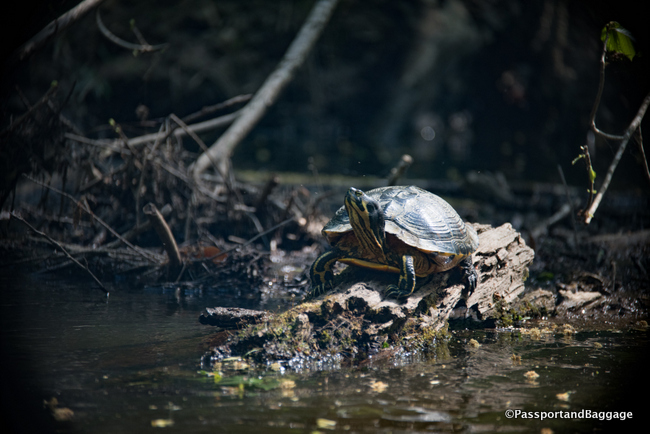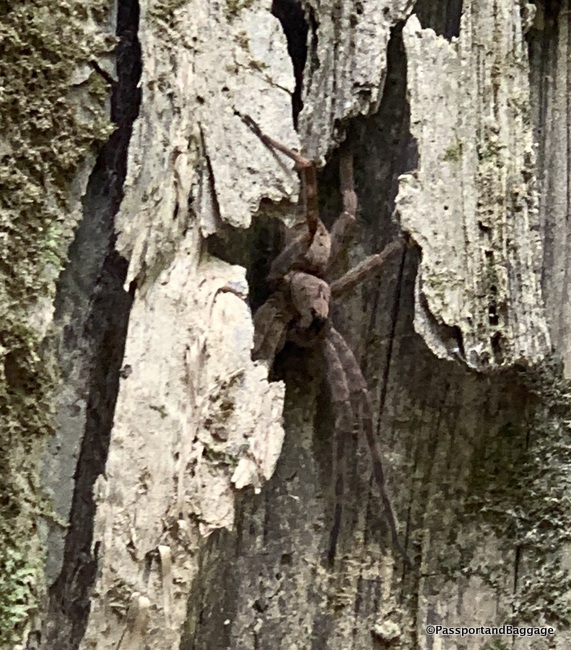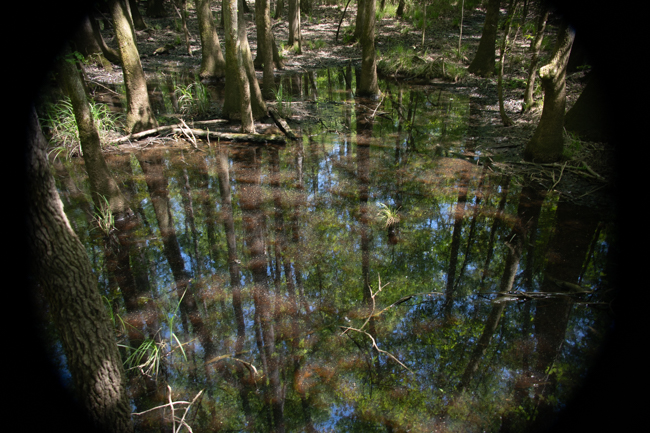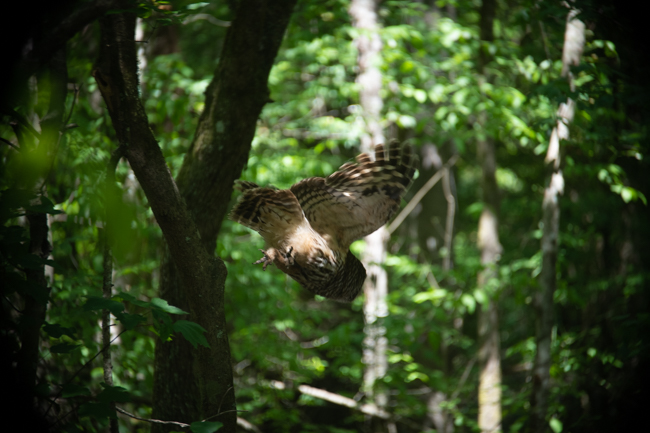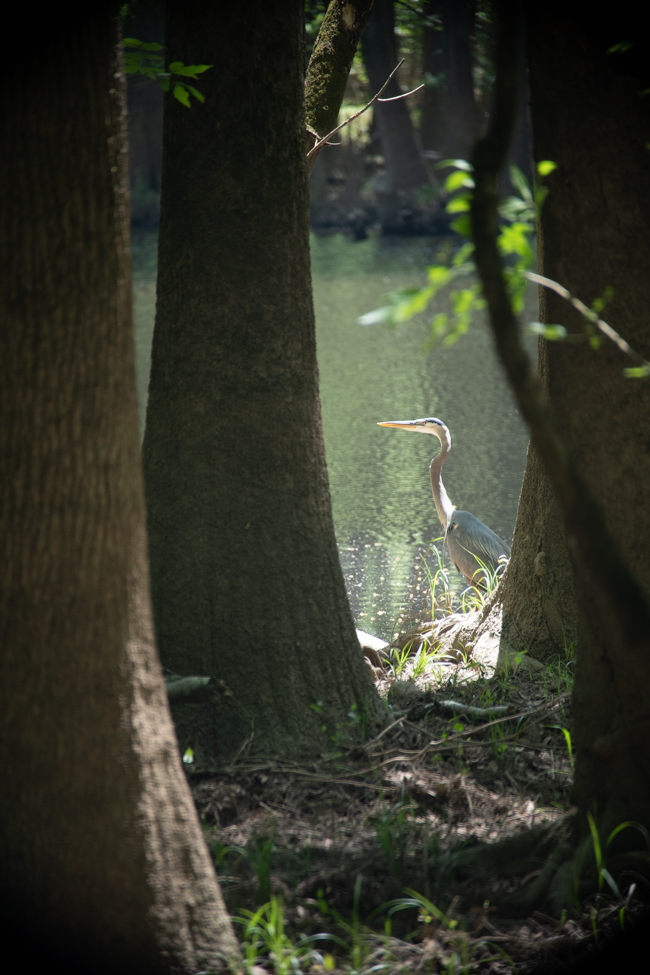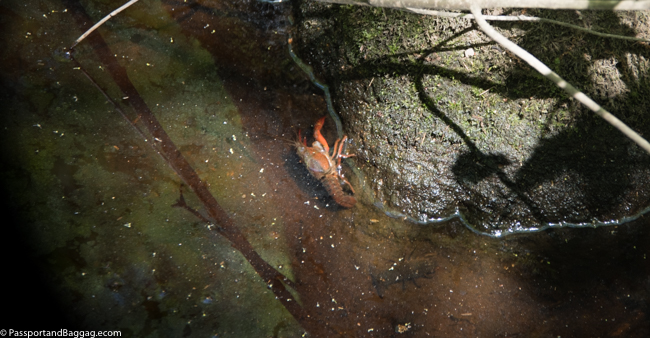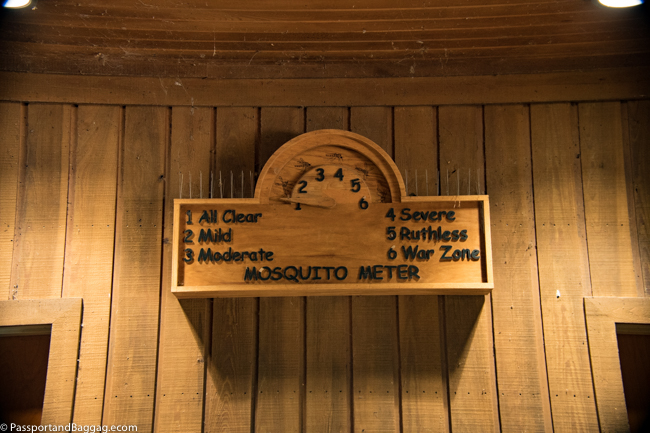April 2021
Congaree National Park – South Carolina
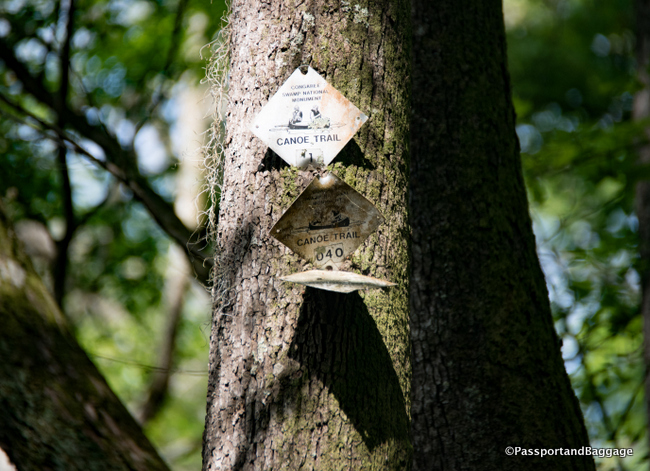
Congaree National Park is a 26,276-acre national park 18 miles southeast of the state capital, Columbia. The park preserves the largest tract of old growth bottomland hardwood forest left in the United States. The trees growing in its floodplain forest are some of the tallest in the eastern United States, forming one of the highest temperate deciduous forest canopies remaining in the world.
The park has a raised trail system to preserve the wildlife with some off path trails available at certain times of the year. The raised trail is 2.6 miles and lovely, but the real way to see the forest is via kayak or canoe.
When telling friends I was going to Congaree I referred to it as a swamp, most people do, but it is really bottomland subject to periodic inundation by floodwaters.
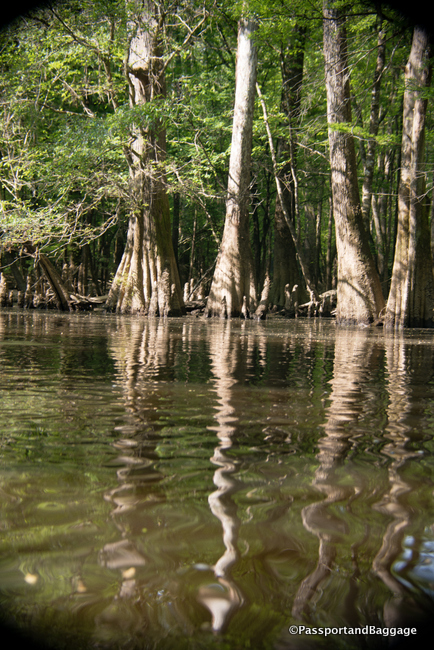 The park also has one of the largest concentrations of champion trees in the world, with the tallest known examples of 15 species. Champion trees include a 167-foot loblolly pine, a 157-foot sweetgum, a 154-foot cherry bark oak, a 135-foot American elm, a 133-foot swamp chestnut oak, a 131-foot overcup oak, and a 127-foot common persimmon. Due to their height and the shade from the enormous trees, none were very photographable.
The park also has one of the largest concentrations of champion trees in the world, with the tallest known examples of 15 species. Champion trees include a 167-foot loblolly pine, a 157-foot sweetgum, a 154-foot cherry bark oak, a 135-foot American elm, a 133-foot swamp chestnut oak, a 131-foot overcup oak, and a 127-foot common persimmon. Due to their height and the shade from the enormous trees, none were very photographable.
Large animals that can be found in the park include bobcats, deer, feral pigs, feral dogs, coyotes, armadillos, turkeys, and otters.
The waters contain turtles, snakes, and many types of fish, including bowfin, alligator gar, and catfish. We mainly encountered banded water snakes (non poisonous) and turtles.
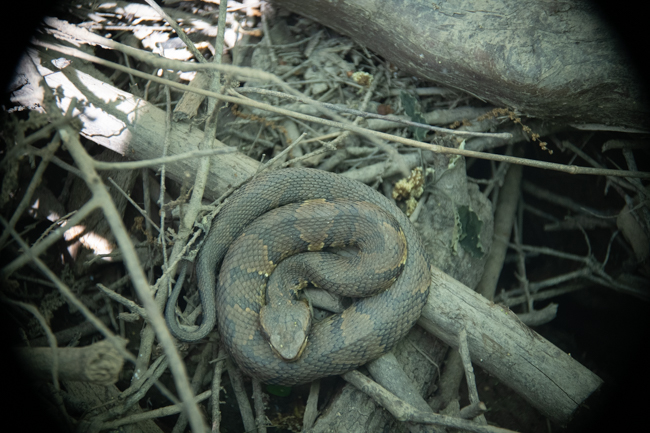
Cotton Mouth Snake (poisonous) we were eternally grateful we were up on the boardwalk when we found him
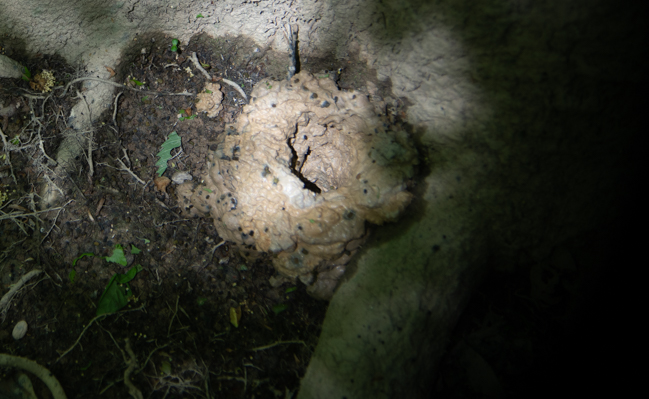
Crayfish burrow during the late summer, spend most of the fall and winter underground in water filled tunnels, then move to open water (anything from roadside ditches to swamps, ponds, bayous, and lakes).
The above meter is why we were eternally grateful we were here in April.
